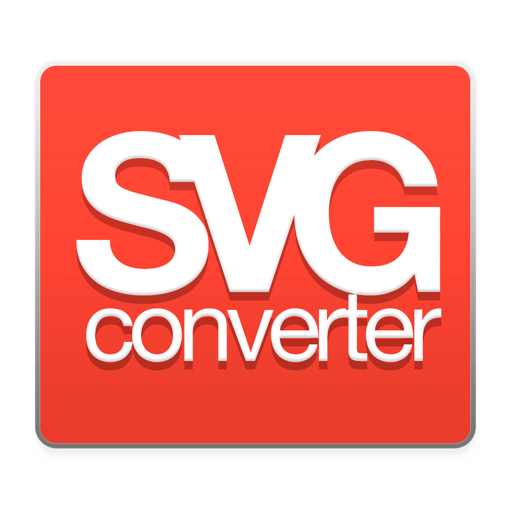

Posterization in SVGcode #Īn important step for vectorization, especially for photographic images, is posterizing the input image to reduce the number of colors. I can improve the result by de-speckling the tracing by suppressing speckles of up to, say, five pixels. But zooming in on the Chrome logo, you can see that the tracing wasn't perfect, and especially the outlines of the logo look a bit speckled. I can now zoom into the image, and as you can see, the edges stay sharp. When I drop the file, the app traces the image color by color, until a vectorized version of the input appears. This is a PNG raster image that I then drag onto the SVGcode app. I start with the teaser image for Chrome Dev Summit that I downloaded from the ChromiumDev Twitter channel.
Svg converter convert image to svg how to#
Using SVGcode #įirst, I want to show you how to use the app. With SVGcode, I just stand on the shoulders of a command line tool called Potrace by Peter Selinger that I have converted to Web Assembly, so it can be used in a Web app. Credit where credit is due: I didn't invent this. I have built a PWA called SVGcode that can help you convert raster images to vectors. Scaling up a vector image with no loss of quality. Vector graphics have an advantage over raster graphics in that they may be scaled up or down to any resolution without pixelation. These points are connected by lines and curves to form polygons and other shapes. In contrast, vector graphics are images that are defined by points in a coordinate system. Scaling up a raster image makes it look pixelated. Have you ever scaled an image and the result was pixelated and unsatisfactory? If so, you have probably dealt with a raster image format such as WebP, PNG, or JPG. (If you prefer watching over reading, this article is also available as a video.) From raster to vector #


 0 kommentar(er)
0 kommentar(er)
